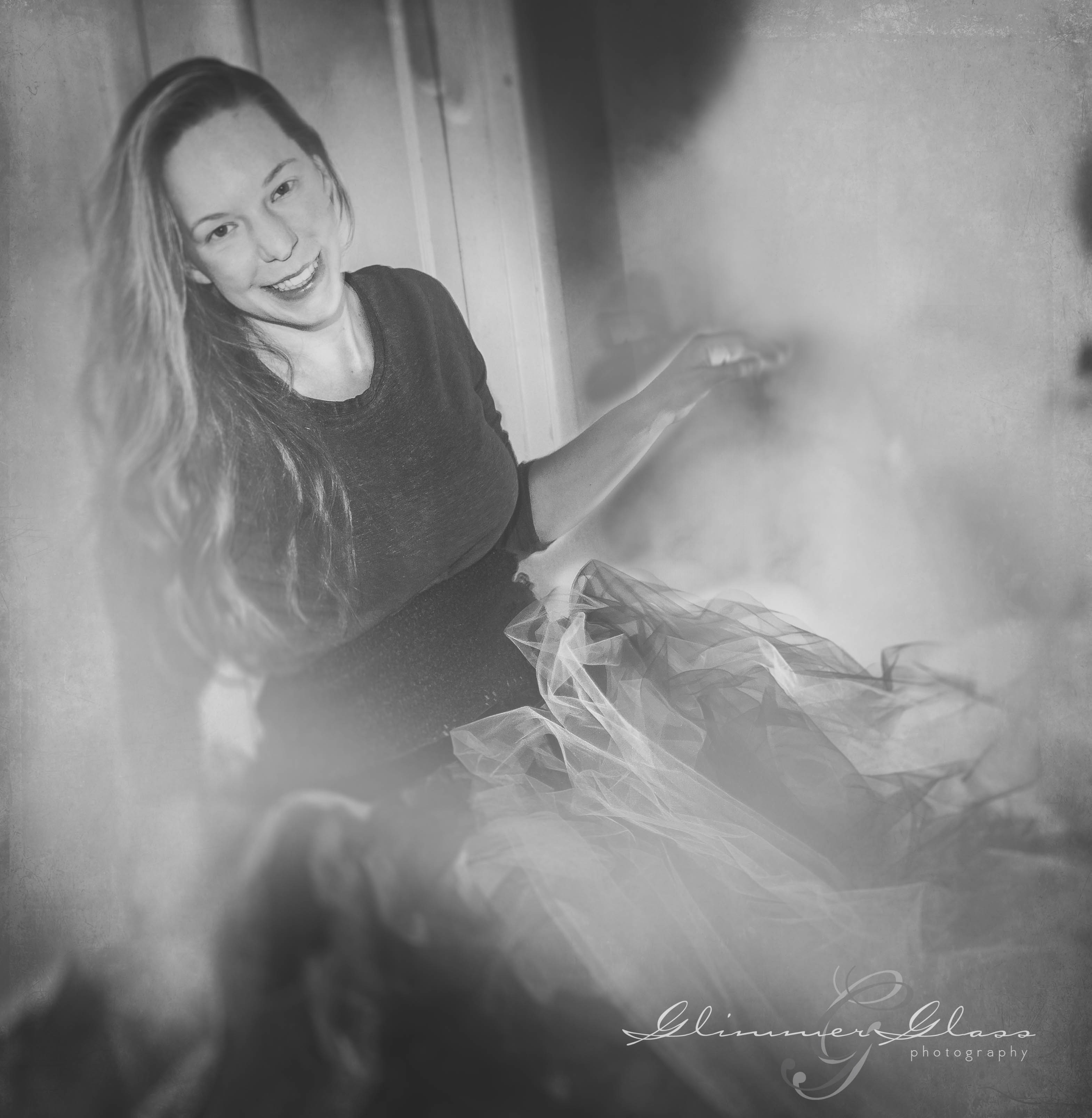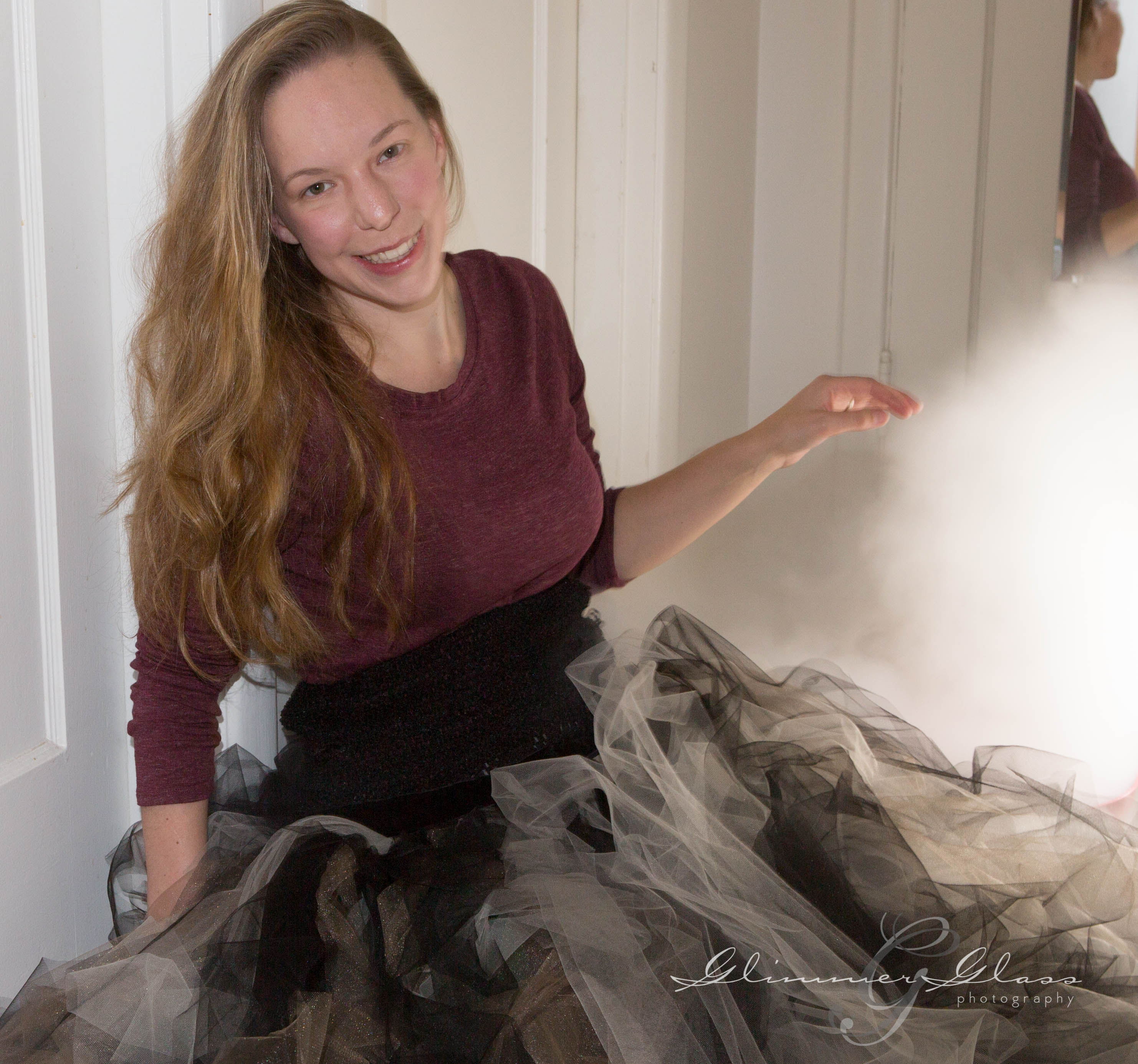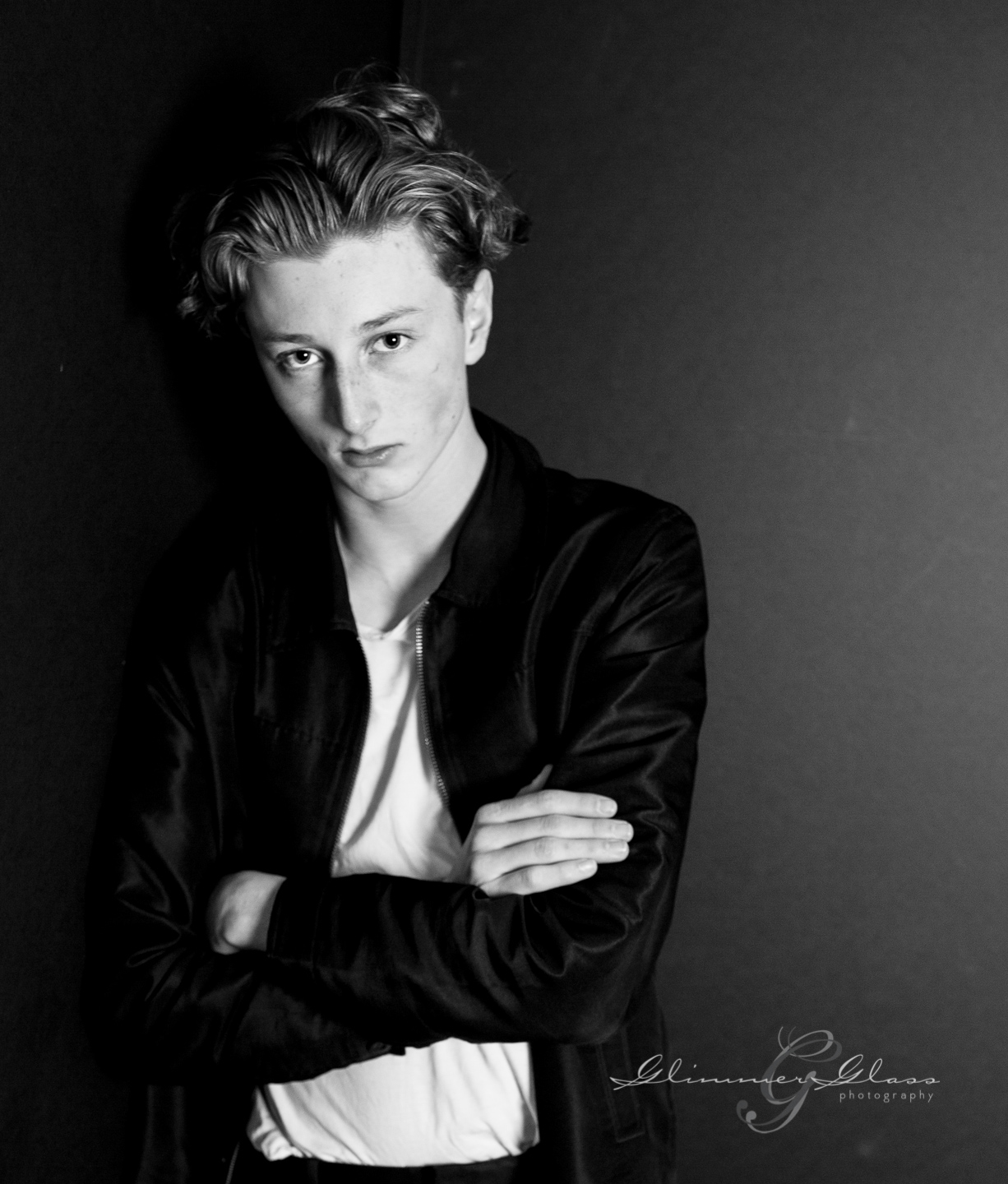Fog and Tulle
Inspired by some of the photography groups I see on Facebook, I thought I’d plow right into the fog and tulle technique and see where it goes. Being that it’s halloween time, dry ice is ubiquitous this time of year at many of the local grocery markets. I’ve never worked with dry ice before and it’s surprising to meet so many people who’ve never actually seen it up close in action before. To prepare a little, I went to the Daily Chang blog to see some of his ideas and also looked up what the proper handling of dry ice would be. I felt somewhat confident that something would turn out well.
What I didn’t notice in any of the info I looked up was that
- the background should be dark but also a light should be behind the fog
- the hotter the water the better the fog
- the chunk of dry ice should be about 1 pound and in multiple locations
- a fan to waft it around the subject
It is imperative to have an assistant that will pour more very hot (or boiling) water onto the dry ice as needed and to direct the fan source (blow dryer might be a good idea)
Taking all of those notes into consideration AFTER using up the dry ice I had, I ended up creating what I was actually imagining in my post process editing. Using the clone stamp and layers and a texture filter. Truthfully, I probably would use a texture filter even if I had a better scenario for my in camera exposures, but wouldn’t have had to have been so aggressive with the clone stamp
My featured model is Elisabeth Woods, wearing about 15 yards of tulle.



